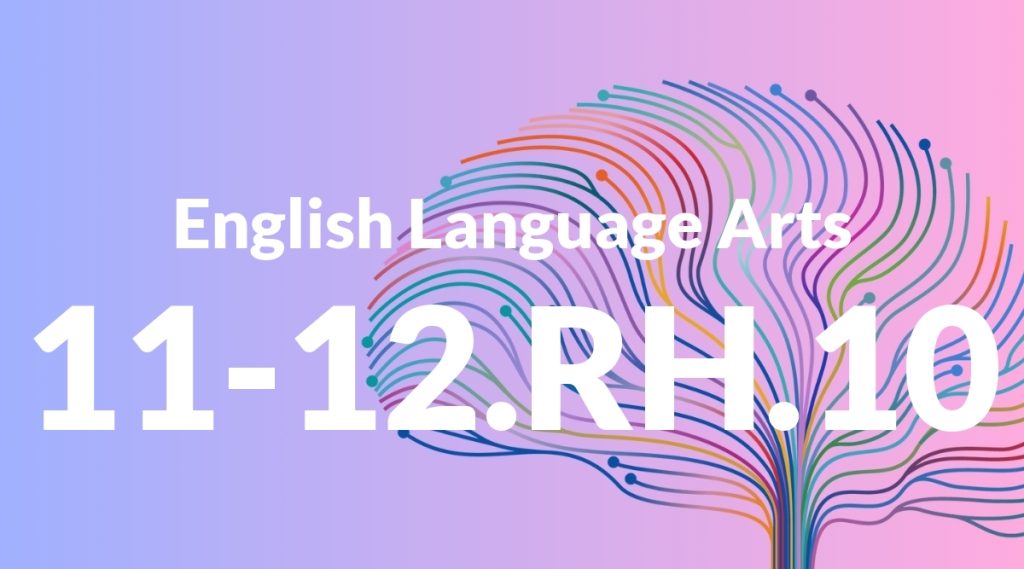Standard: 11-12.RH.10 – By the end of grade 12, read and comprehend history/social studies texts in the grades 11-CCR text complexity band independently and proficiently.
Grade level: Grade 11-12
Subject: English Language Arts
Domain: History/Social Studies
Teacher Overview
This standard emphasizes the importance of reading and comprehending complex history/social studies texts independently. Mastery of this skill is crucial as it prepares students for college-level reading and critical thinking, enabling them to engage deeply with historical content and develop a nuanced understanding of past events. Students should have a foundational understanding of basic historical events and concepts, as well as experience with reading and analyzing texts of moderate complexity. They should also be familiar with critical reading strategies and note-taking skills.
After mastering this standard, students will be able to critically evaluate complex historical texts, draw connections between different historical events and perspectives, and effectively communicate their understanding through written and oral presentations.
Common Misconception 1
Students may believe that all historical texts are equally credible. This misconception arises because students might not yet understand the importance of evaluating the source of information critically.
Intervention 1
Teach students to evaluate the credibility of sources by examining the author’s background, the publication context, and cross-referencing with other reliable sources. Use examples of both credible and non-credible sources to illustrate these points.
Common Misconception 2
Students might think that understanding a historical text only involves memorizing facts. This misconception can limit their ability to engage in deeper analysis and critical thinking.
Intervention 2
Encourage students to engage in critical thinking by asking them to analyze the author’s purpose, perspective, and the broader historical context in which the text was written. Use discussion prompts and analytical questions to guide their thinking.
Prerequisite Knowledge
Students should have a foundational understanding of basic historical events and concepts, as well as experience with reading and analyzing texts of moderate complexity. They should also be familiar with critical reading strategies and note-taking skills.
Subsequent Knowledge
After mastering this standard, students will be able to critically evaluate complex historical texts, draw connections between different historical events and perspectives, and effectively communicate their understanding through written and oral presentations.
Instructional Activities
- Primary source analysis activities.
- Group discussions on historical perspectives.
- Research projects on historical events.
- Critical essays evaluating historical texts.




